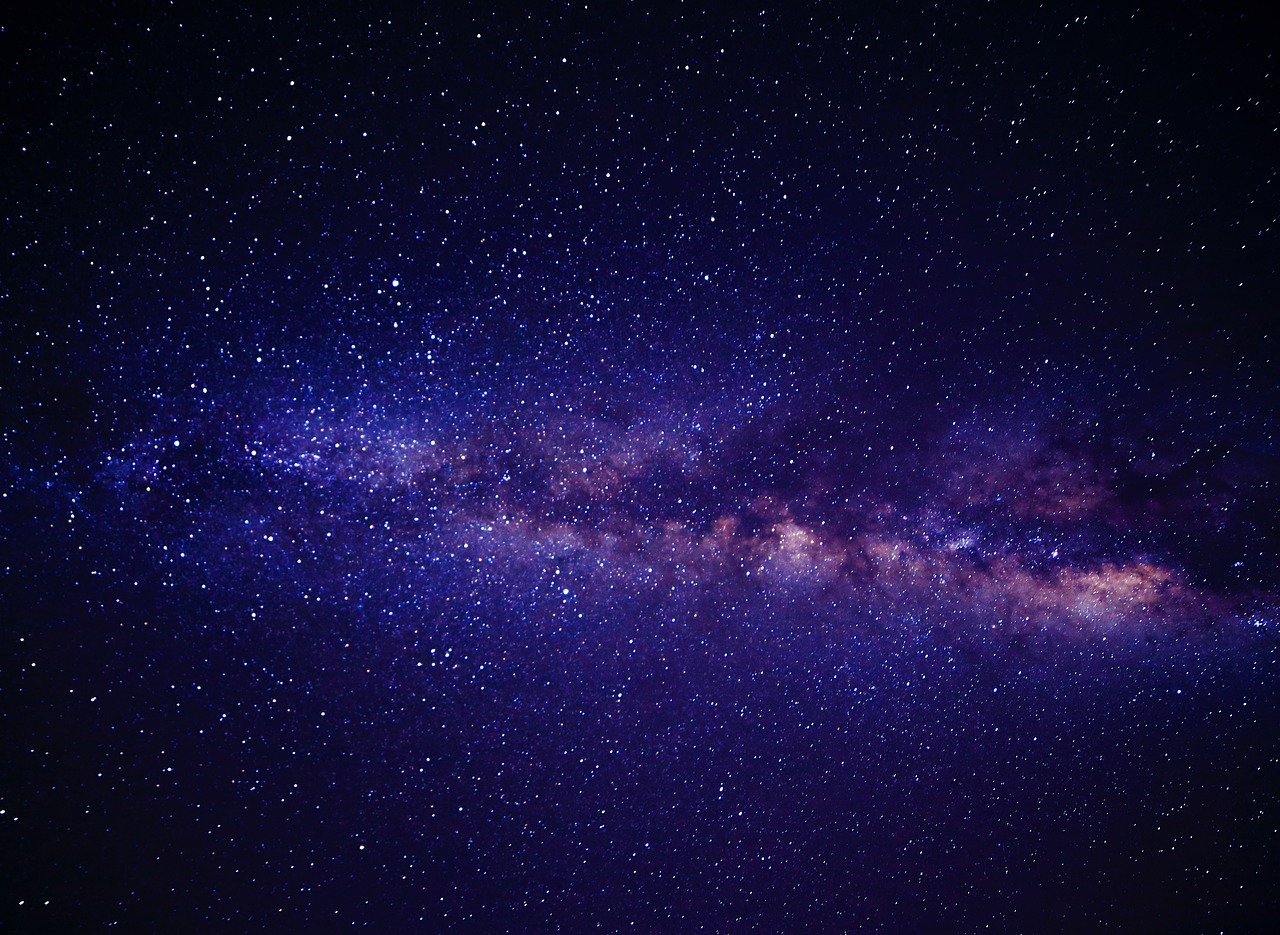
FAQ

Response: For astrophotography, full-frame or APS-C sensor cameras are generally preferred due to their better light sensitivity. Digital single-lens reflex (DSLR) cameras and mirrorless cameras are commonly used for this practice.
Response: For precise adjustment in astrophotography, use the zoom function on the brightest star or use manual focus mode using your camera's Live View. Adjust the focus carefully until the star appears sharp.
Response: To photograph planets in astrophotography, you'll need a high-quality telescope, a specialized planetary camera (such as a CCD camera), and planetary image capture and processing software.
Response: To capture the Milky Way in astrophotography, find a dark location with clear skies and use a wide-angle lens with an aperture of at least f/2.8. Use a high ISO sensitivity and an exposure time of approximately 20 to 30 seconds.
Response: To avoid star trails, use a motorized equatorial mount or a motorized alt-azimuth mount to track the Earth's movement. You can also use manual tracking by regularly adjusting the mount during the exposure.
Response: To stack images in astrophotography, take multiple photos of the same celestial object, align them using image stacking software, and then adjust levels, contrast, and sharpness with image processing software to enhance the final image quality.
Response: The best times of the year to photograph specific celestial objects vary depending on their positions in the sky. For example, meteor showers are often visible during predicted meteor showers, while the visibility of galaxies depends on their location in the night sky.
Response: The best times of the year to photograph specific celestial objects vary depending on their positions in the sky. For example, meteor showers are often visible during predicted meteor showers, while the visibility of galaxies depends on their location in the night sky.
Response: To photograph the Moon in astrophotography, use a telephoto lens or a telescope with a camera adapter. Use low ISO sensitivity, a fast shutter speed, and take multiple exposures to capture details on the lunar surface.